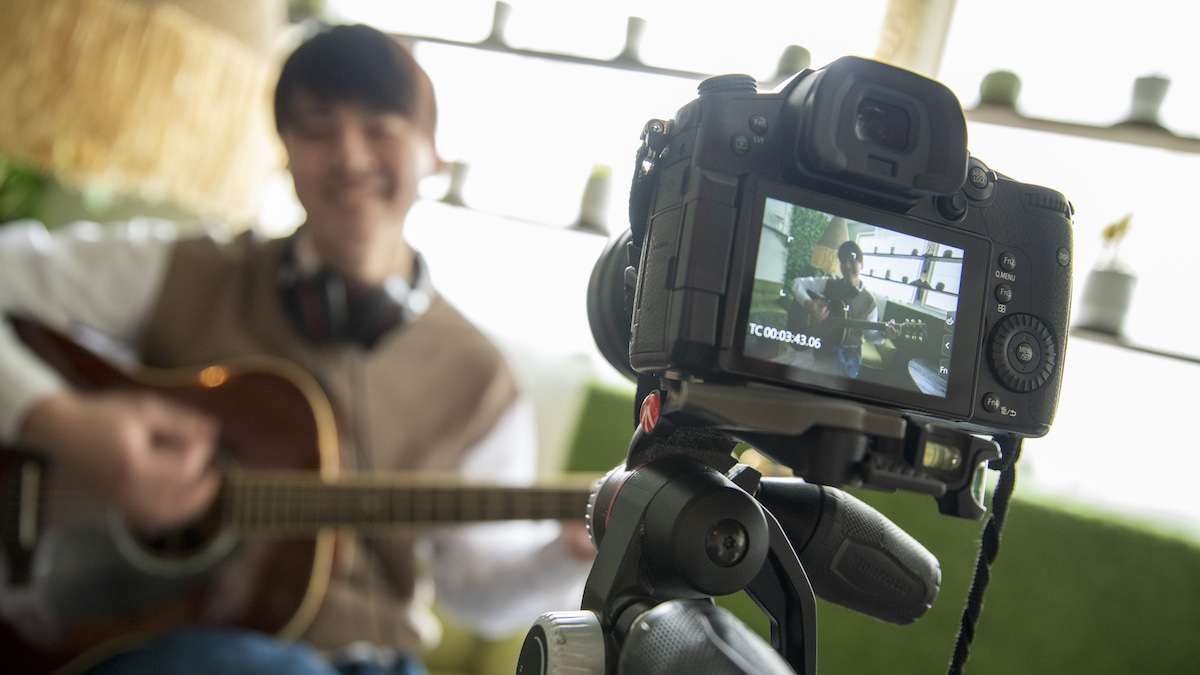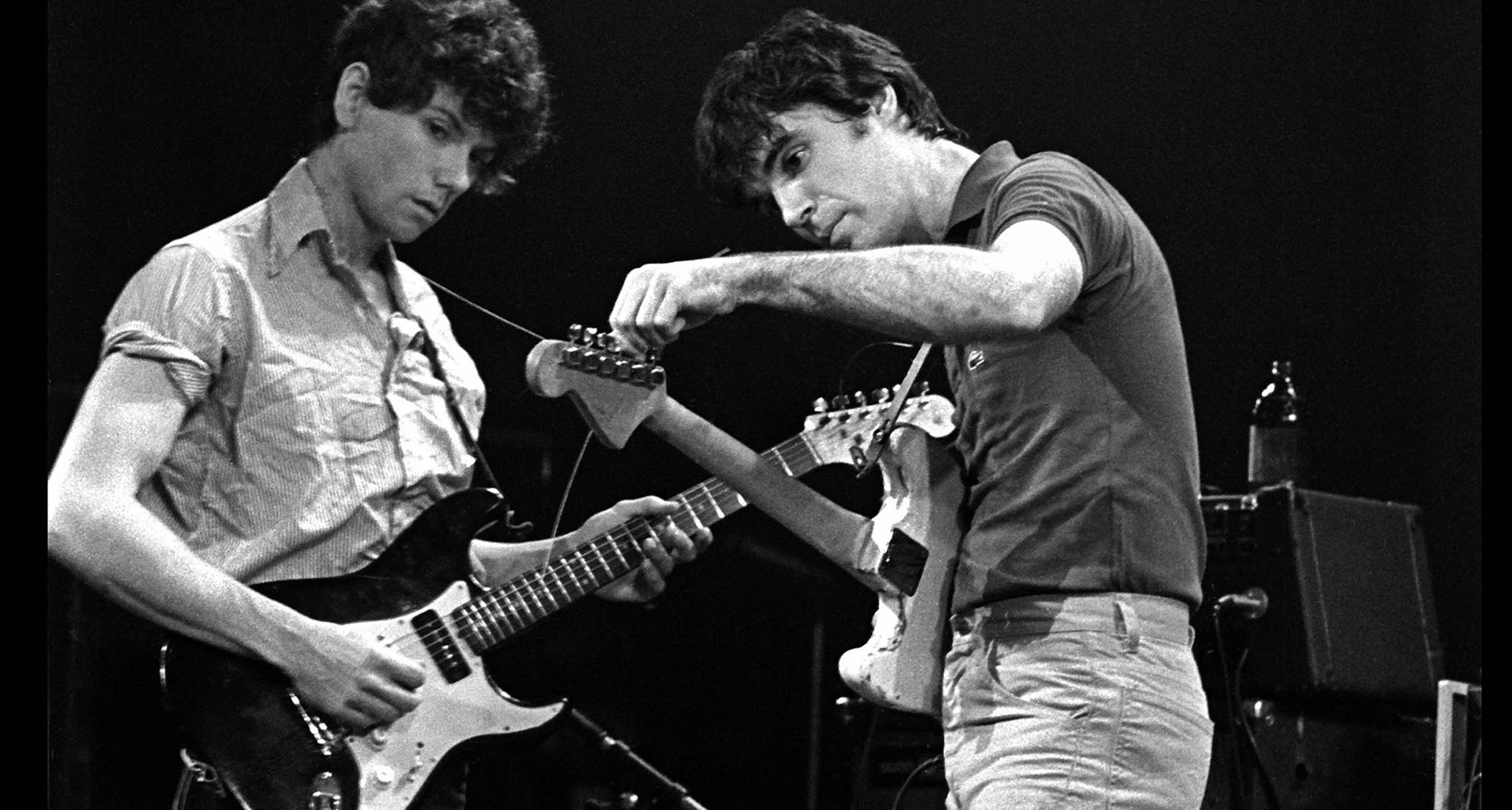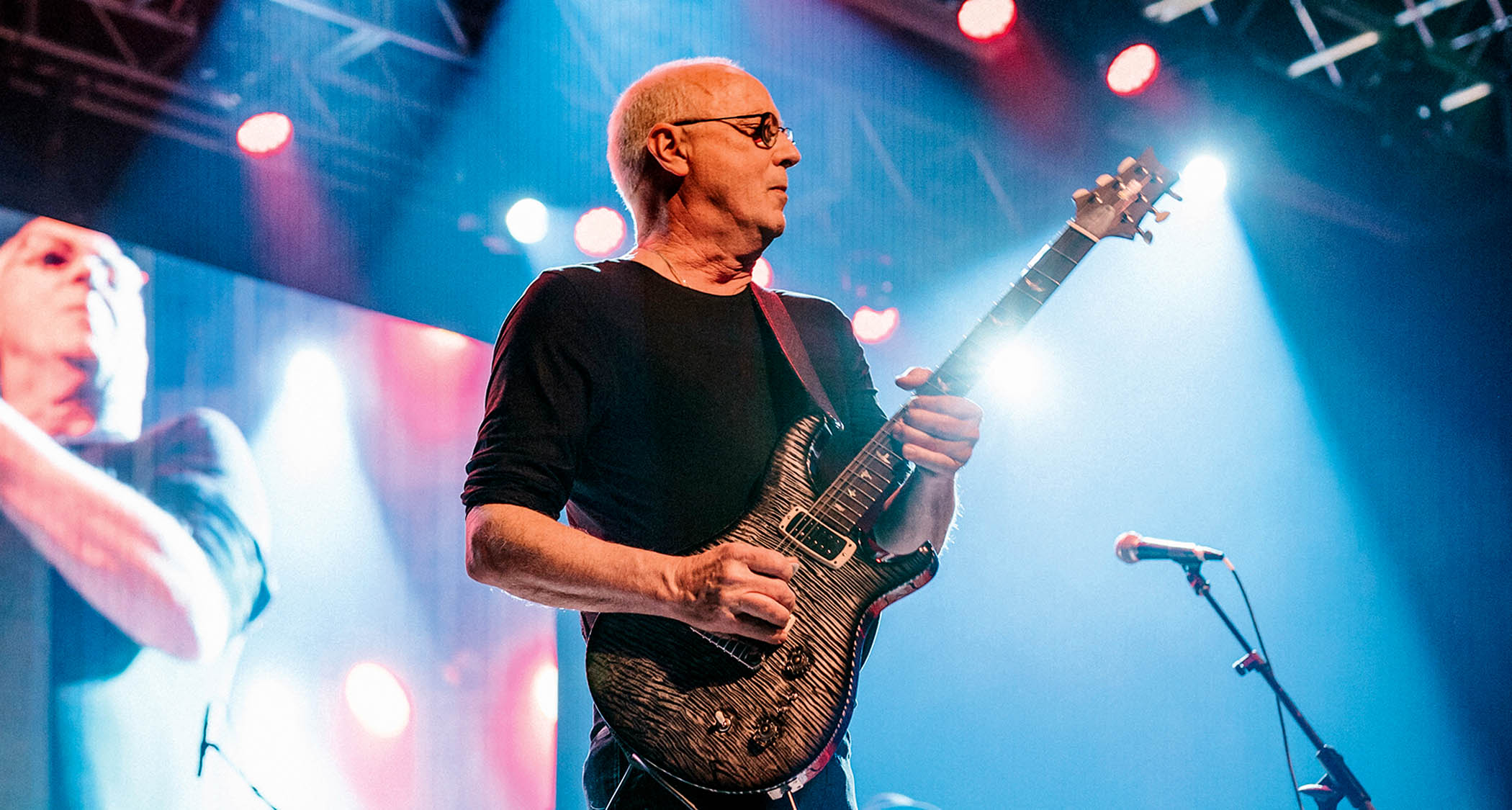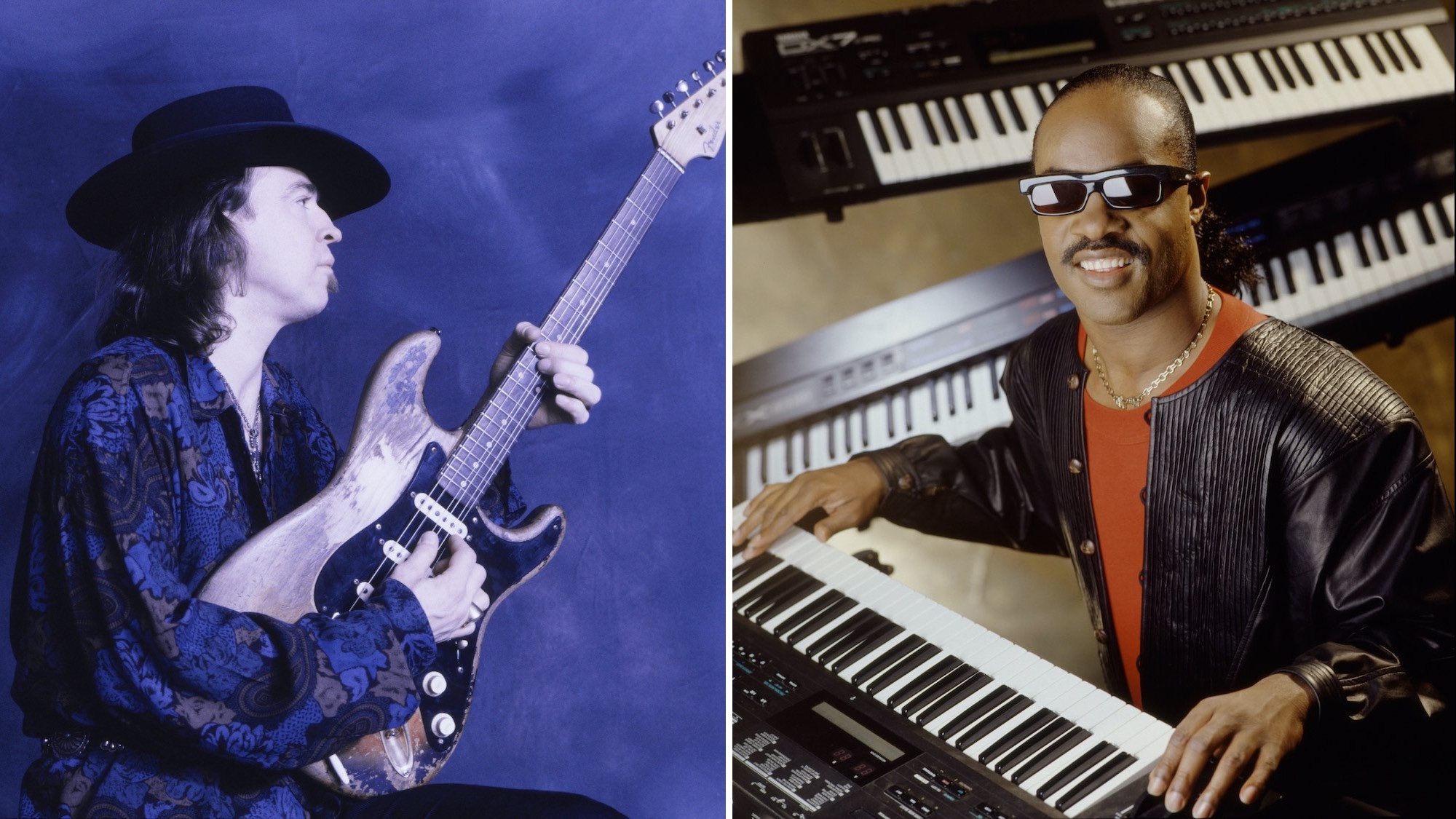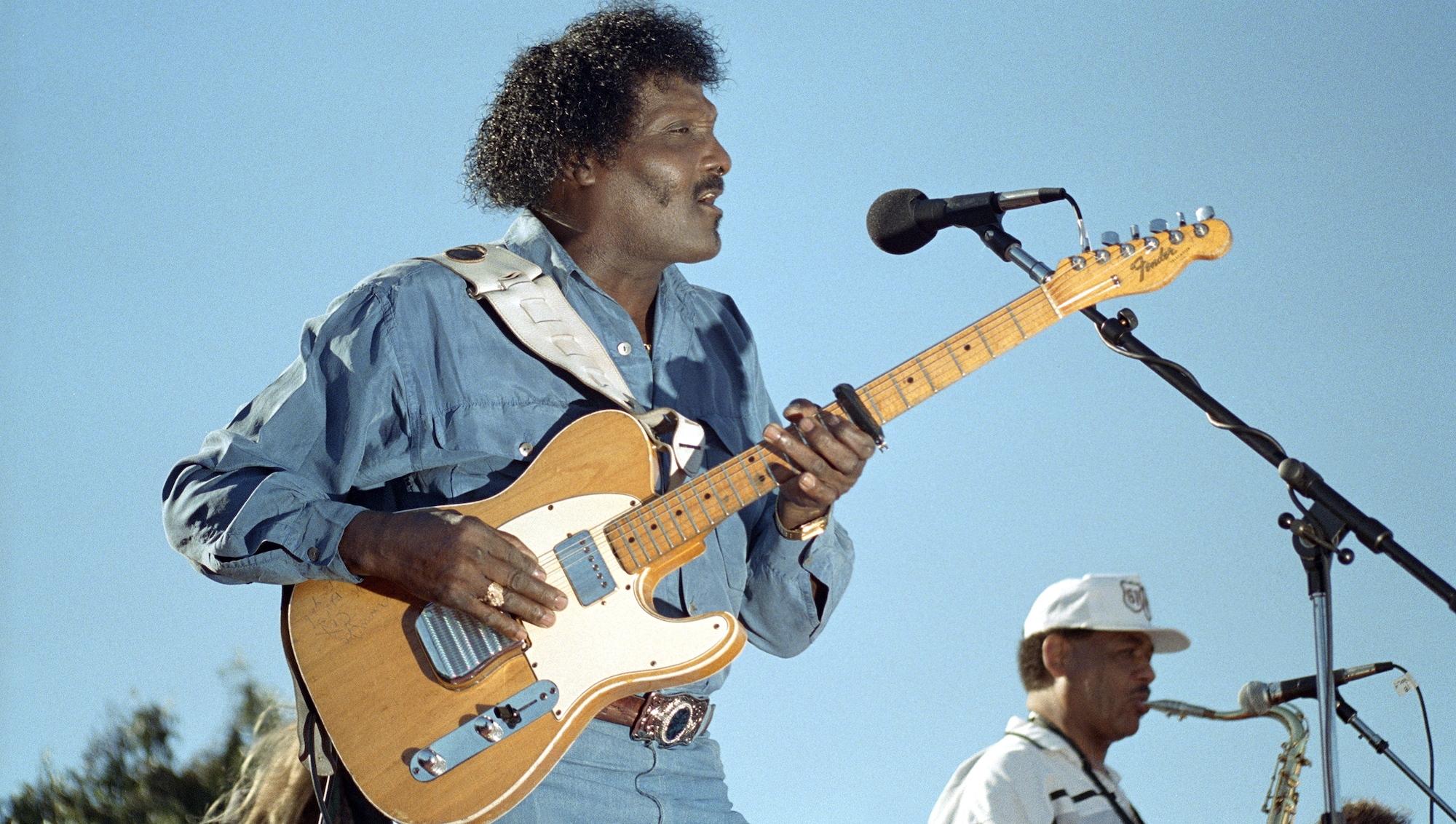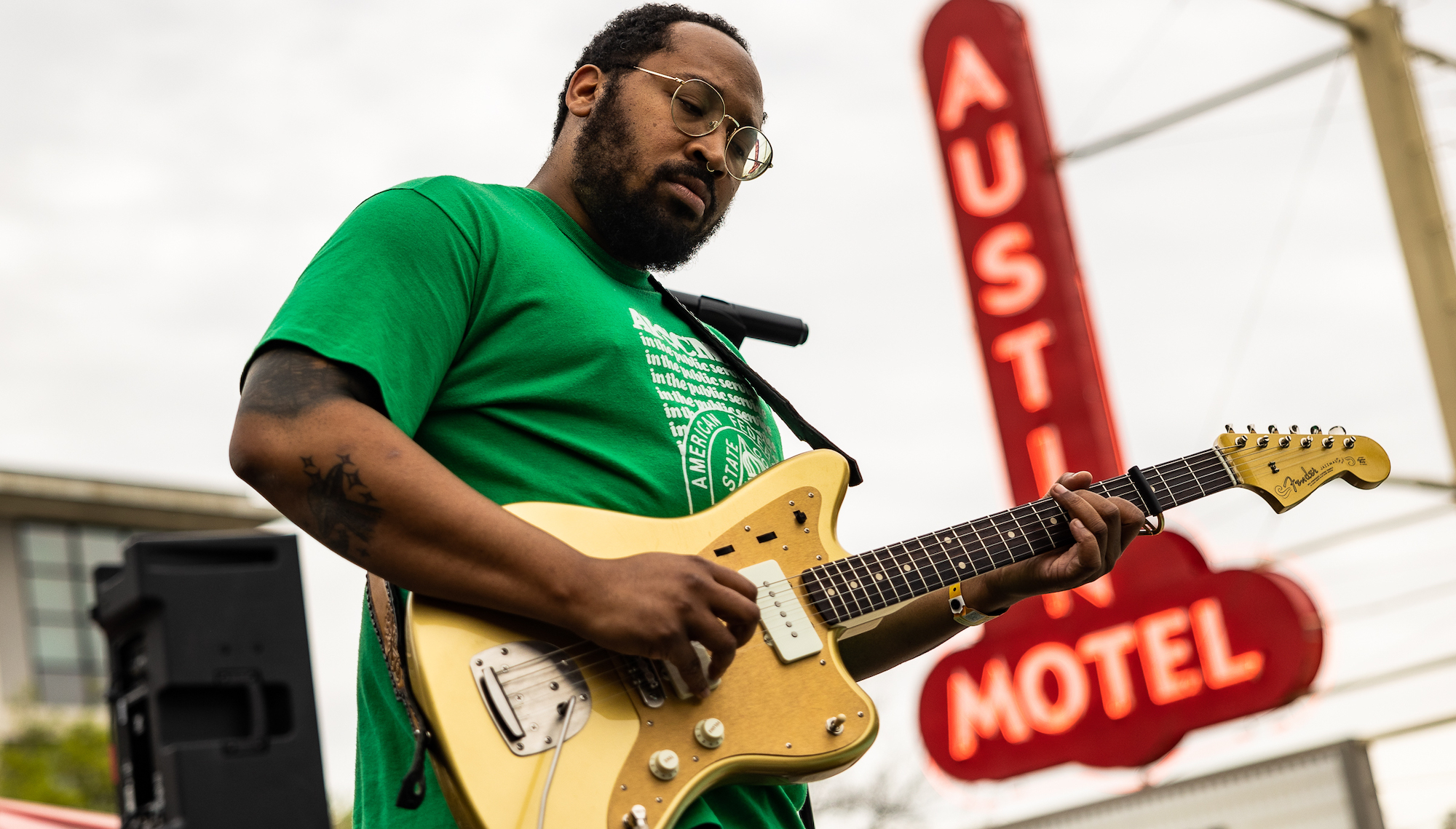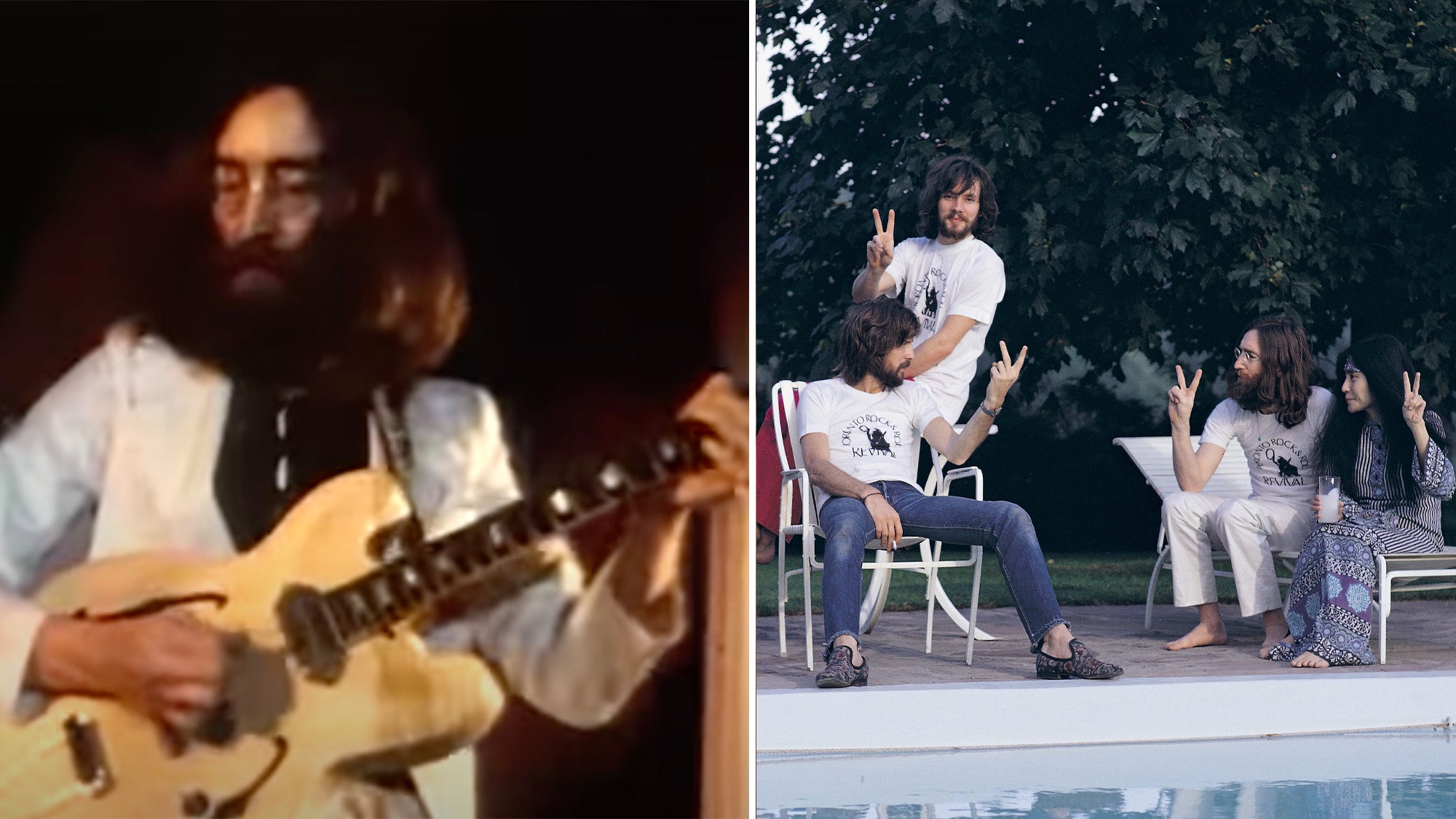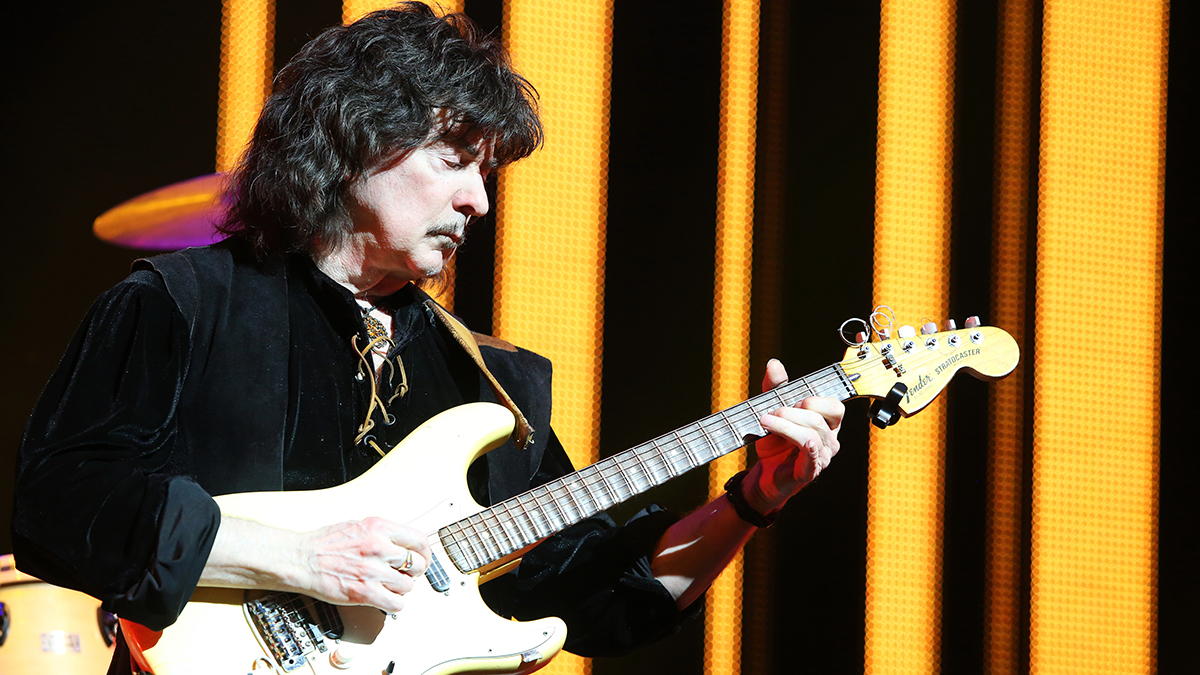“I did the intro to The Killing Moon without thinking. We went for a curry – and the engineer spotted that run and put it at the start”: How happy accidents, disastrous finances and an un-tuneable 12-string made Echo and the Bunnymen’s classic album
Sergeant might not be 100 percent happy with Ocean Rain but that doesn't stop it being a stone-cold classic with a killer lead single, whose influence we hear in generations of post-punk bands
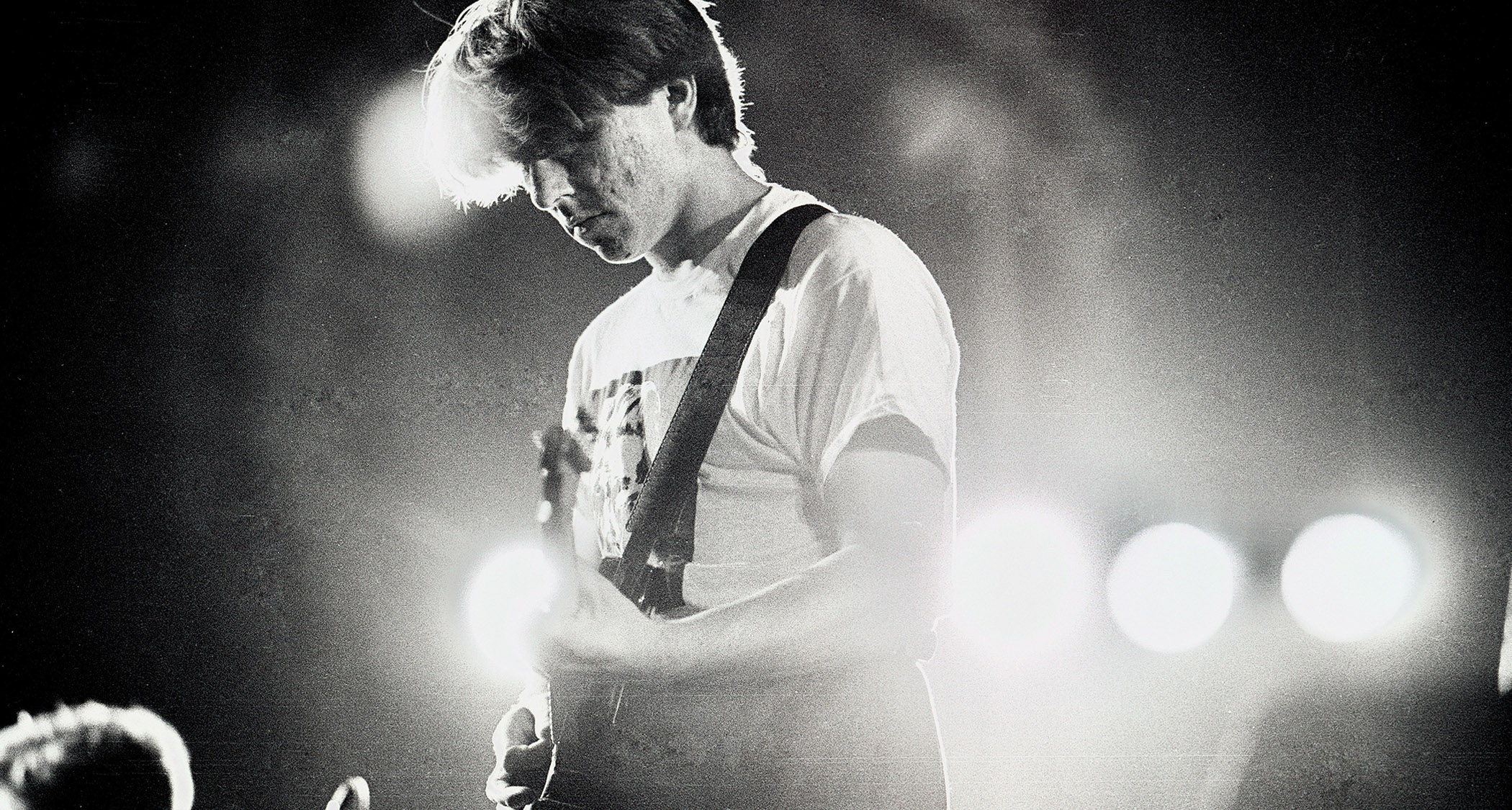
When Echo & the Bunnymen released their fourth album, Ocean Rain, in the spring of 1984, it received decidedly mixed reactions.
The dramatic change in the band’s sound – which included the use of a 35-piece French orchestra – was a big factor, although the Liverpool four-piece had already hinted at the shape of sounds to come with The Killing Moon, the album’s lead-off single.
Porcupine, which came out the previous year, had scored the band their biggest success to date, and there was an expectation that the new record would offer more of the same. What the band delivered, though, was a surprisingly ambitious collection of songs rooted in ’60s pop, but with a distinctly European bent.
The passing of time brings perspective, however, and the subsequent 40-plus years have seen Ocean Rain constantly reappraised as one of the most significant albums of the ’80s, if not the band’s most fully realized work.
Guitarist Will Sergeant is writing the third installment of his autobiography, which is focused on the Ocean Rain era. Luckily, he was fully immersed in collecting his thoughts on that period when we spoke.
Ocean Rain is very cinematic, covering a huge sonic soundscape. Did you have a sense that you were trying to create something that was different from your previous records? Was there a notion of embracing a concept?
“It was totally a concept. We knew we wanted to record it in France. We were all into Scott Walker, Jacques Brel and Love, particularly when they had those orchestral tracks. We knew we wanted to use an orchestra, and we wanted to bring a Parisian vibe to the record. So yeah, it was definitely a concept album.”
Get The Pick Newsletter
All the latest guitar news, interviews, lessons, reviews, deals and more, direct to your inbox!
You had played some of the songs at your shows and radio sessions. Had you always planned that they’d be reworked with a 35-piece orchestra?
“Yes, we knew what we wanted them to sound like. We had a French string arranger lined up, but me and Mac [singer Ian McCulloch] went out for a meal with him, and we really didn’t like him; we thought he was an arrogant asshole. Anyway, if anyone’s going to be arrogant, it’s McCulloch, isn’t it? He doesn’t allow anyone else to be arrogant in his company. [Laughs]
“We’d done some work with Adam Peters, who’d played cello on some of our stuff – he was only 19 – so we called him up. I think he was at the Royal College of Music at the time. Anyway, we told him about our vision, and he totally got it and was totally on our wavelength. He worked out all the string arrangements and conducted the orchestra in the studio.”
What was the band’s writing process?
“The only song that was fully formed would have been Ocean Rain. We had a deal with Washburn, and they gave us a load of guitars for free. That meant me and Mac started playing a lot of acoustic guitar together.
“I had a TEAC [Tascam] four-track at the time, and I’d keep it at Mac’s house, and we recorded loads of song ideas on it. His house got broken into and everything got stolen, including all the ideas we’d recorded. I’d love to hear what was on that tape – they could have been classics!”
The Killing Moon was the big hit from the album, but you didn’t do that one in Paris, did you?
“We did that at Crescent Studio in Bath [England]. A lot of work went into it because it was definitely seen as being the key single. Adam played cello and double-tracked it, and David Lord, the engineer, had a Kurzweil synthesizer, which generated string sounds, and that was very much the template for what was to follow in Paris.
“The intro, which is something people often remark on, was just something I did without thinking before we recorded the track. We went for a curry, and David, who was putting the mix together, spotted that run and put it at the start of the song.
“I did the middle bit on a Vox 12-string that was mic’d with two mics, not through an amp. I actually use a copy of it now by Phantom Guitar Works, which is a much better guitar. Every time I did that dive bomb on the track, I had to retune it.”
Every song has a lot of textured, layered guitar parts. Did you plan everything before going into the studio?
Nobody ever says to you, when you’re a new band, that you’re going to be paying for everything in the end
“A lot of that happened in the studio. I’d know what the structure was going to be, but then, once you get into the studio it’s like having a paintbox with all these new colors to play with. We were kids, and we didn’t even know what the studio was capable of. We were never worried about how much time we were spending or how much it was costing because it was shielded from us by our management.
“We’d hire Ovations and Martins, and they’d just sit in the studio for three weeks, unused, at about £100 a day or something. Nobody ever says to you, when you’re a new band, that you’re going to be paying for everything in the end. [Laughs]
“When it comes to putting parts down, I’m someone who often second-guesses himself. I’ll play something then wonder if it is any good, you know? Kind of like imposter syndrome, but then when I hear the part in the track it sounds OK.”
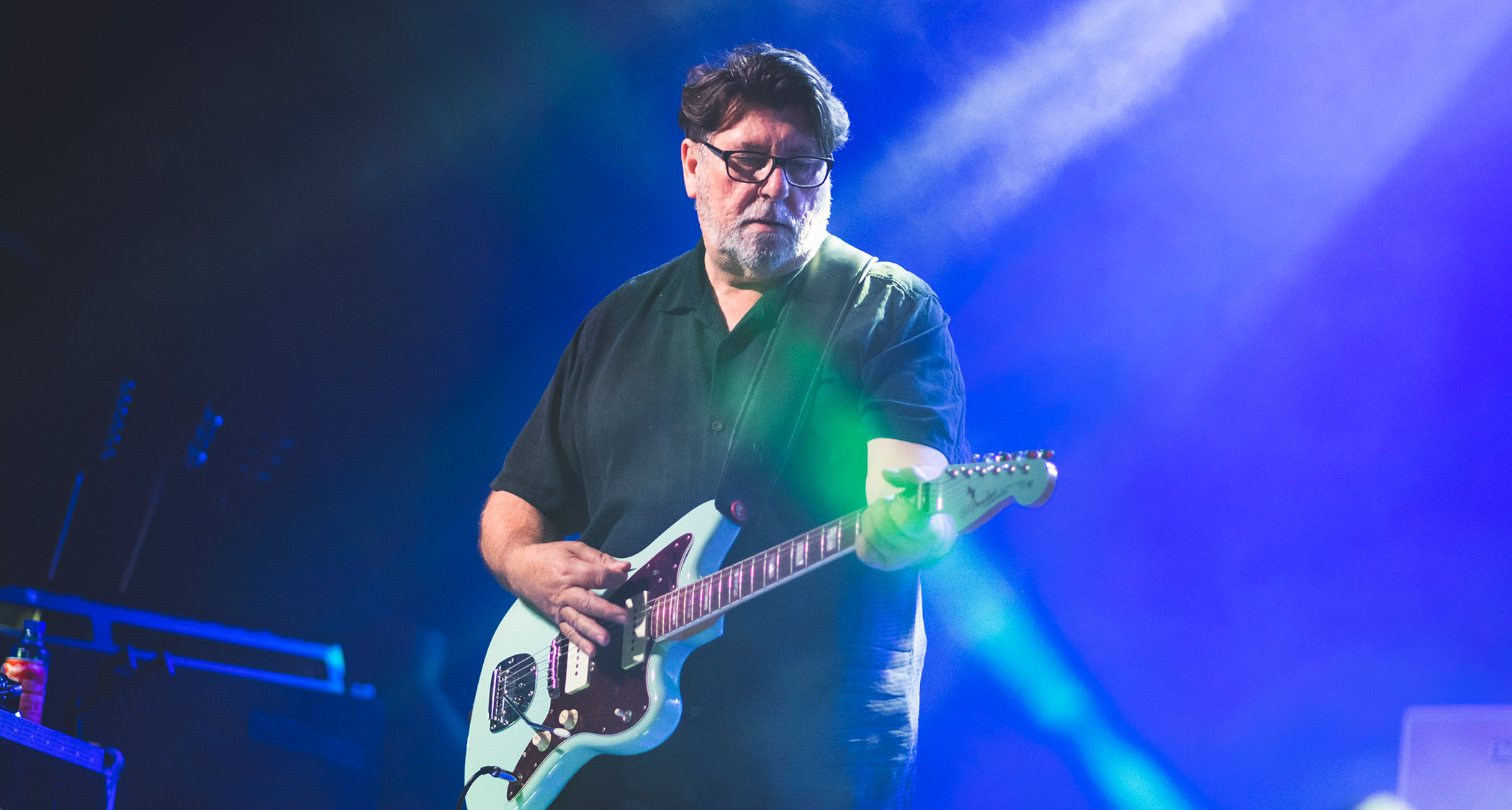
Which bands influenced you?
“Television, the Velvet Underground, Roxy Music, David Bowie, T. Rex and Dr. Feelgood; Wilko Johnson was a big influence. I saw them quite a few times when Wilko was in the band. You can really hear that on Crocodiles. I was playing it with the same fingerstyle he used, and by the end of it my knuckles were covered in blood.
“I also really liked Zal Cleminson in the Sensational Alex Harvey Band. At that time, though, I never thought I could be in a band. It seemed like you had to be a genius to be in a band – but then punk came along, and you didn’t.”
What did you start out on and what was your first decent guitar?
I traded a pair of PVC punk trousers for a Kay cheapo copy that I sawed up into a coffin shape.
“I had a Hofner that I bought off someone I knew – I don’t know the model; it was covered in sticky-backed plastic. I found a way to plug it into a record player and I’d make noises with it – I couldn’t play at all then. I actually sold it for £3.
“I then traded a pair of PVC punk trousers for a Kay cheapo copy that I sawed up into a coffin shape. Then, in 1978, I got a job as a commis chef and got a Telecaster – because of Wilko. I also bought a Fender 12-string acoustic and a drum machine.
“I liked Brian Eno, and I was using the drum machine to try to get some of his sounds. Then it was a case of me and Mac at my dad’s house – two acoustic guitars and a drum machine. That was how we started writing songs together. These days my main guitar is a Jazzmaster, and the Phantom that’s based on the 12-string Vox.”
What were your main guitars and guitar amps for Ocean Rain?
“A Telecaster and the Vox. We also had a couple of Strats that Fender gave us. Mac had an ES-335 and a Fender Thinline Tele. We didn’t have a lot of guitars, though. I hired a Rickenbacker 12-string that was used at the end of Killing Moon.
“We always hired a Coral sitar. We’d think it would sound trippy and psychedelic, but they always sounded shit, really. [Laughs] I have a bulbul tarang at the minute, which is a bit sitar-like, and it does sound really good. For amps, I was using a Fender Twin and a Dual Showman. That would have been what I used live at the time as well; it was all I had, anyway. [Laughs]”
For the tracks where Ian plays guitar, would you have worked things out between you to try to complement what each other was doing?
“No – in those days nobody worked out anything with each other. There was no one who was the boss telling each other what to play. We all just did whatever we wanted, and I think that’s probably the secret to why it worked.
“Ian was a brilliant rhythm guitarist anyway. We never got involved in each other’s parts unless someone did something that was really cheesy. If that happened, we’d tell them it sounded like something we knew that they wouldn’t like, like maybe Howard Jones or something. [Laughs] That would be the end of that.”
Were you happy with it when it was released?
We always hired a Coral sitar. We’d think it would sound trippy and psychedelic, but they always sounded shit
“I’ve never, ever been happy with anything I’ve done. I never listen to a record I’ve made once it was done – unless maybe I hear a track in the supermarket or something. You’ve heard the album so many times in the studio and you’re so focused at the time, that you don’t ever need to hear it again. Anyway, I’m always listening to my parts and thinking they should have been a bit louder. [Laughs] I’m not really bothered about what everyone else was doing.”
How do you feel now, looking back at it?
“I did play it last year, when I was preparing to play it live in its entirety, and I think the main thing that happened was that it reminded me of the process of recording it, and stuff like me and Mac riding around Paris on bicycles during the sessions. I think it stands up well, though, and it achieved what we set out to achieve.”
What is the current status of Echo & the Bunnymen?
“We have a handful of Bunnymen shows coming up, but when it comes to recording new music, that’s down to Mac; he seems to have taken control of that whole process. There is an album that is being made, but I’m not involved with it at all. McCulloch’s basically taken over on that front.”
You’ve released a number of solo albums. Is that still part of the game plan going forward?
“The new book seems to have taken over from the solo work because it takes so long. I am playing on an album for an old friend from Liverpool who is very well known, though I can’t say who it is. Who knows? I might not even end up on it when it comes out. [Laughs]”
- This article first appeared in Guitar World. Subscribe and save.
- Ocean Rain is out now via Rhino/Warner.
Mark is a freelance writer with particular expertise in the fields of ‘70s glam, punk, rockabilly and classic ‘50s rock and roll. He sings and plays guitar in his own musical project, Star Studded Sham, which has been described as sounding like the hits of T. Rex and Slade as played by Johnny Thunders. He had several indie hits with his band, Private Sector and has worked with a host of UK punk luminaries. Mark also presents themed radio shows for Generating Steam Heat. He has just completed his first novel, The Bulletproof Truth, and is currently working on the sequel.
You must confirm your public display name before commenting
Please logout and then login again, you will then be prompted to enter your display name.






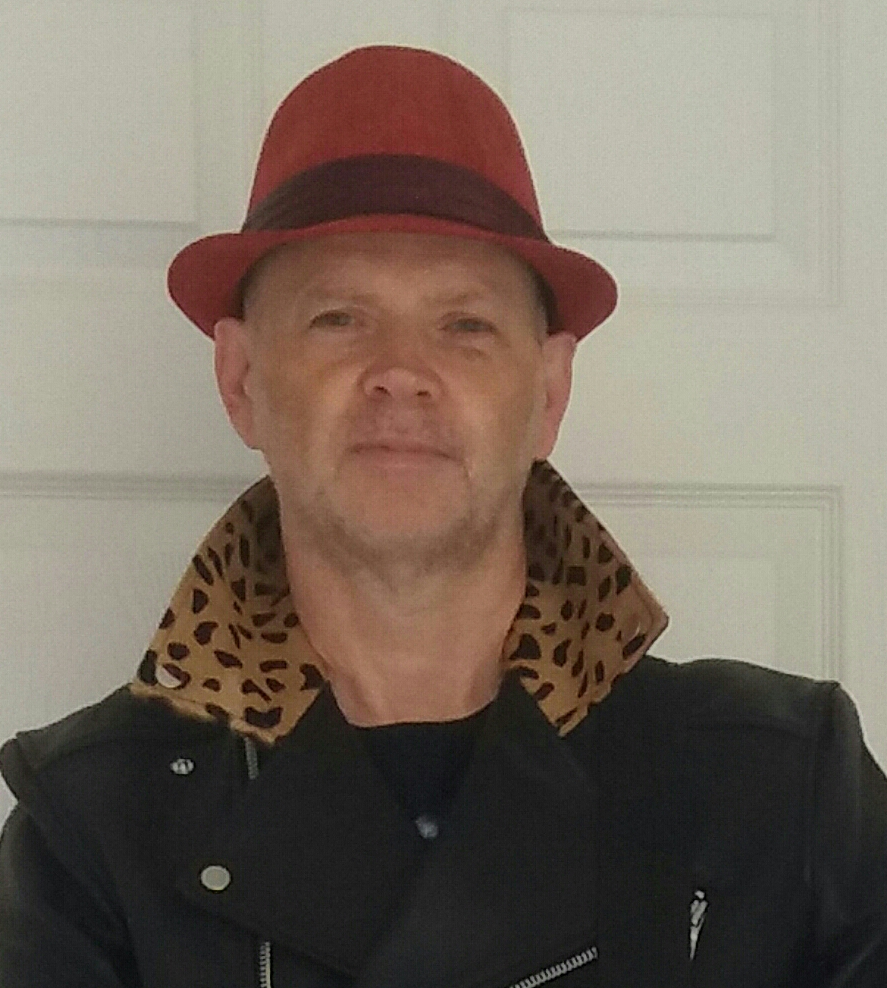
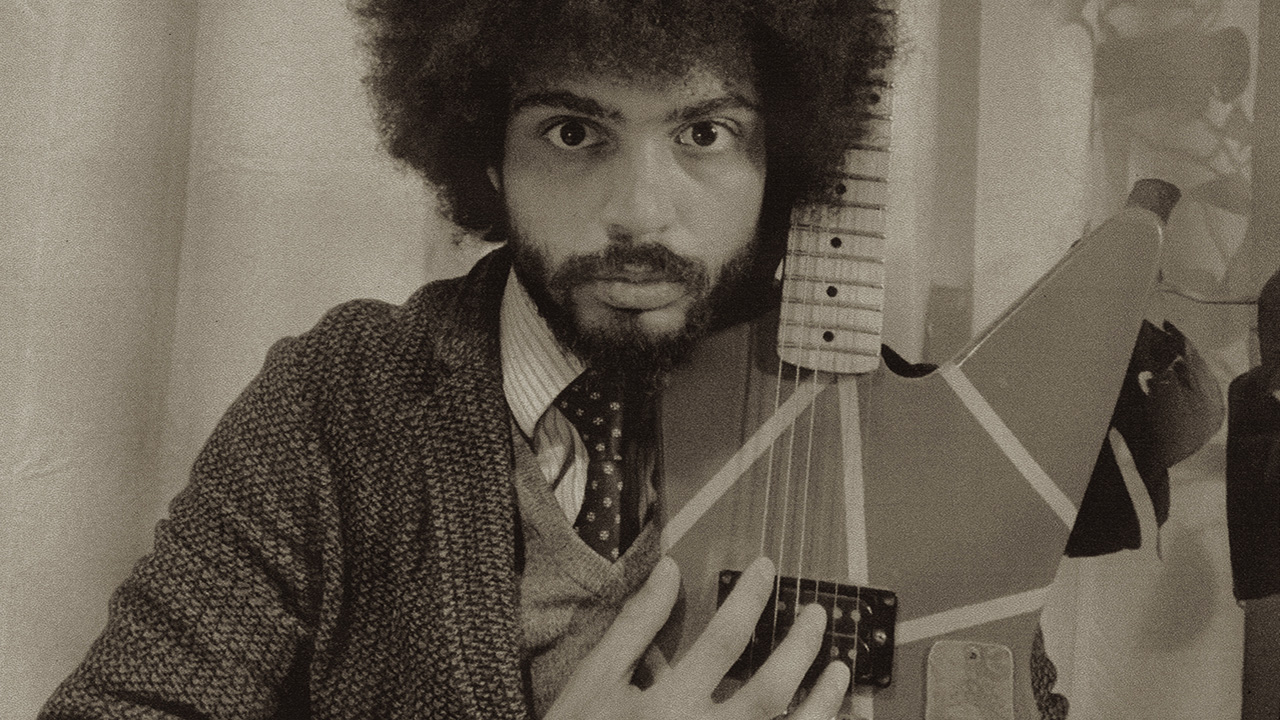
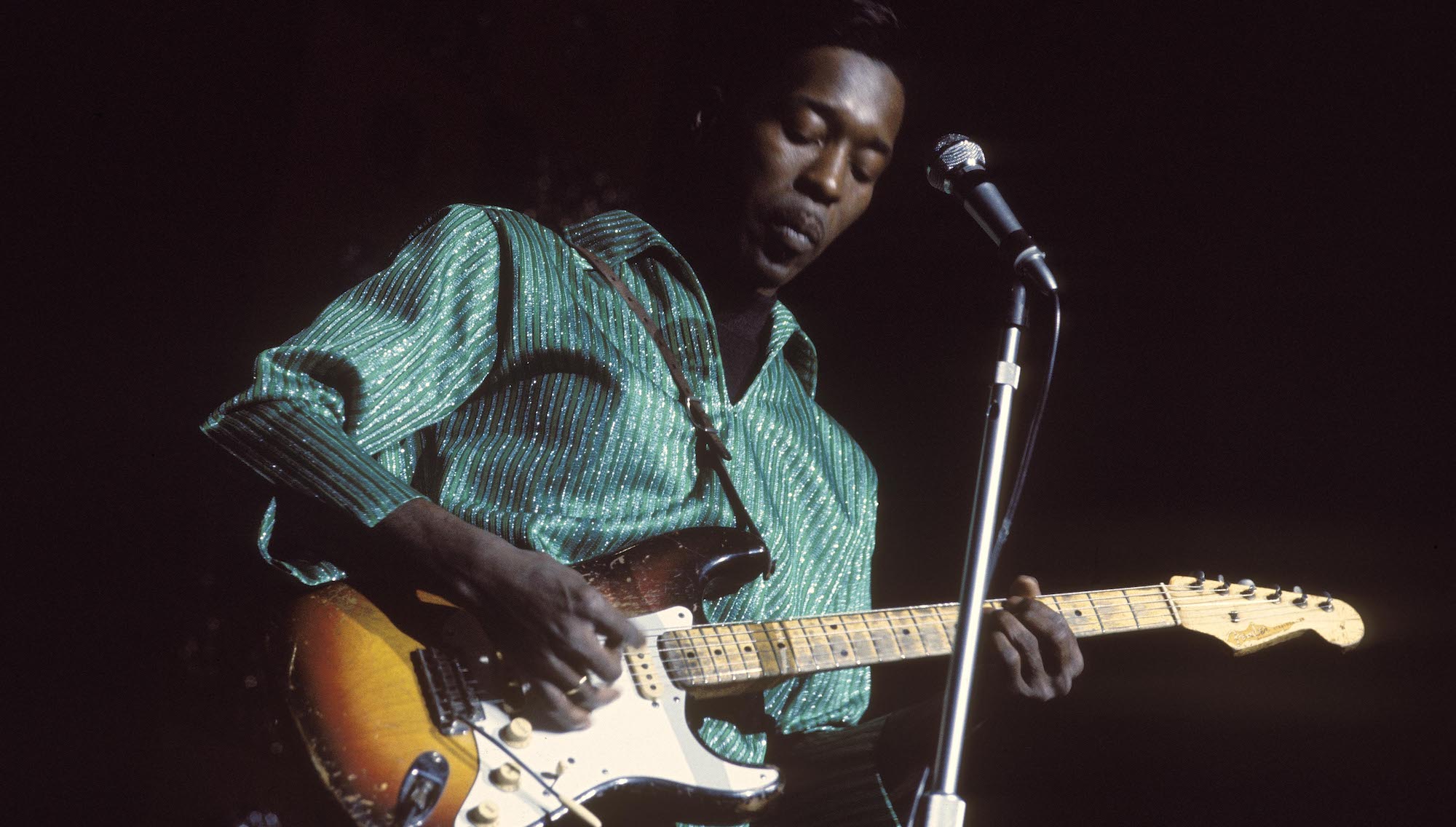
![[from left] George Harrison with his Gretsch Country Gentleman, Norman Harris of Norman's Rare Guitars holds a gold-top Les Paul, John Fogerty with his legendary 1969 Rickenbacker](https://cdn.mos.cms.futurecdn.net/TuH3nuhn9etqjdn5sy4ntW.jpg)
